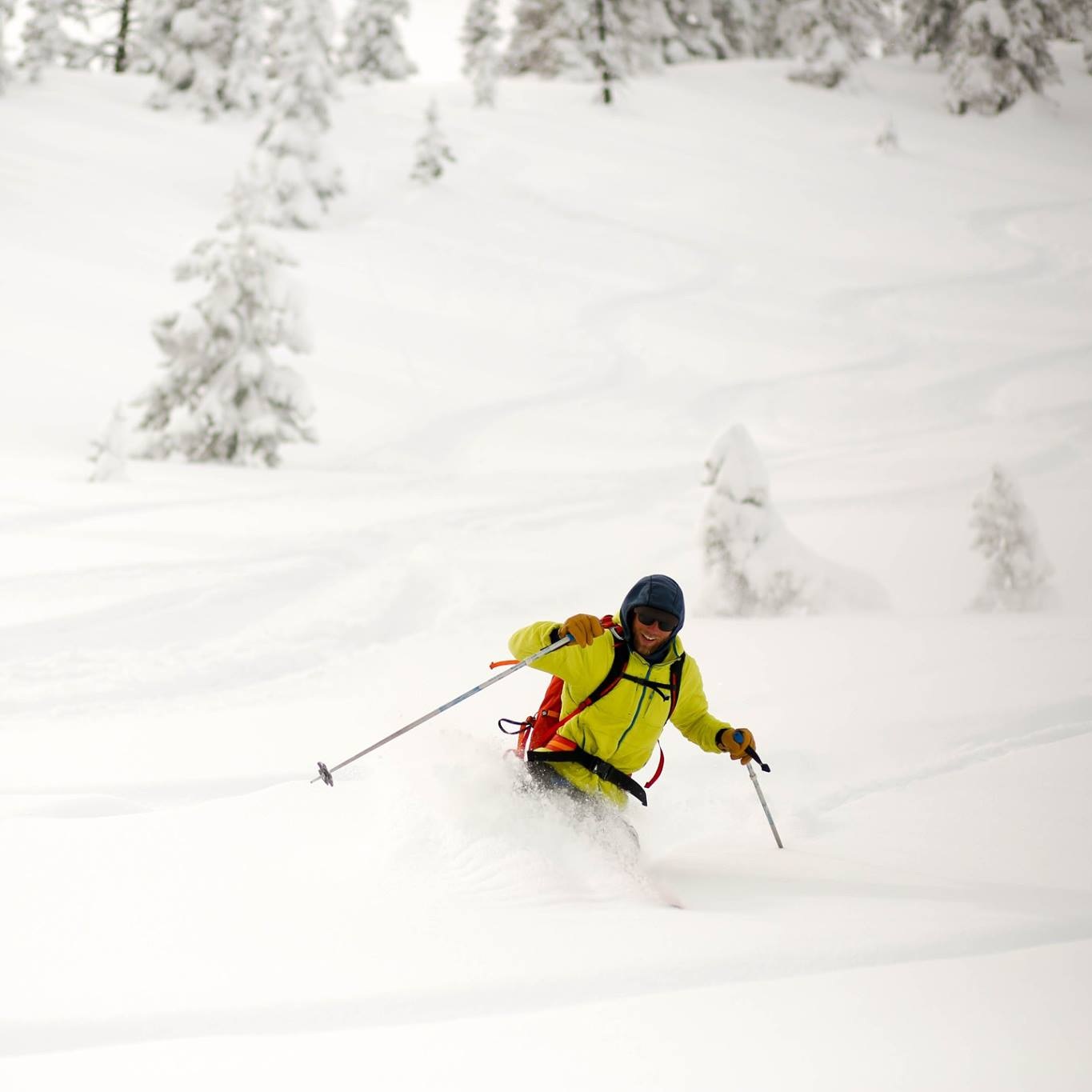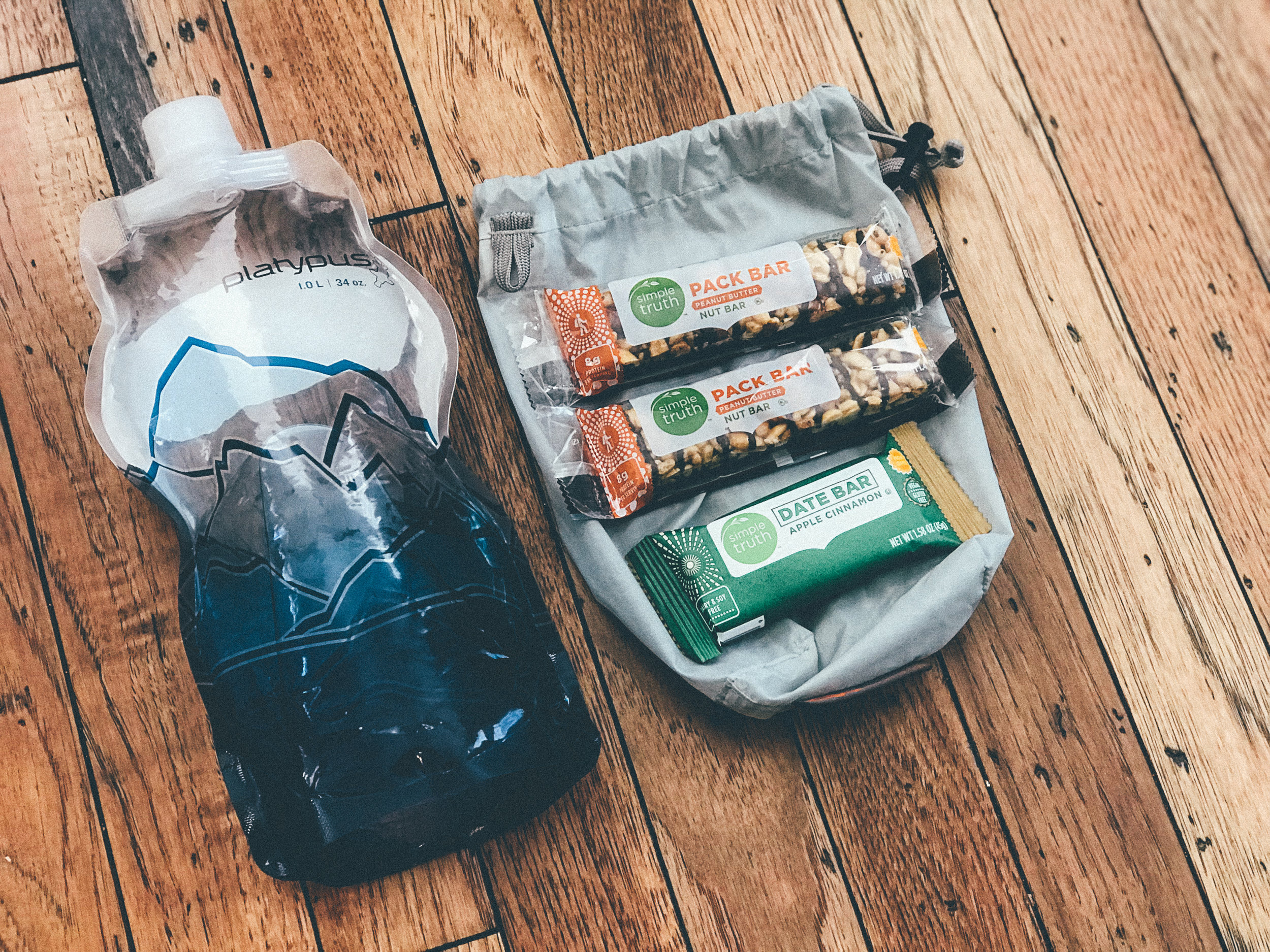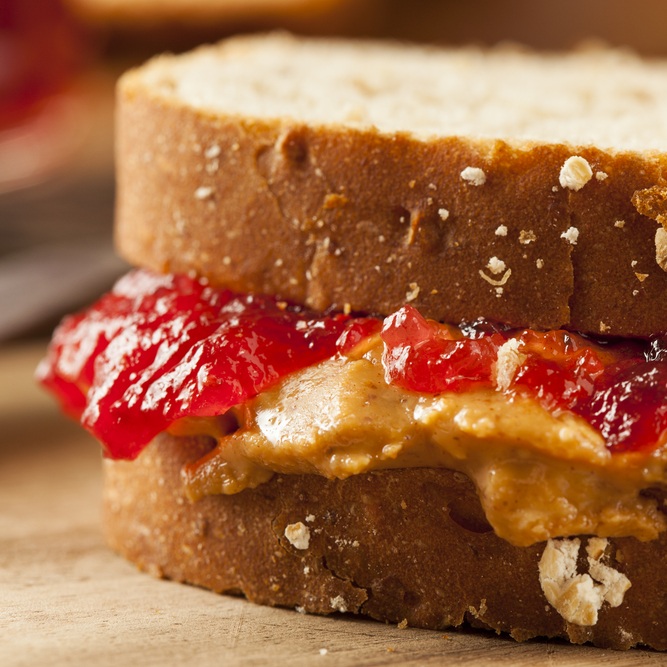25 Gifts for Backcountry Skiers or Splitboarders
The holiday season is rapidly approaching. We know you want to find the perfect gift for the skier or splitboarder in your life, but learning what they want or need can be daunting. We’re here to help! Our expert guides and instructors have curated a list of 25 of the best gifts for those who love recreating in the winter backcountry. These recommendations include essential and fun equipment from brands we trust at a variety of price points. You can find many of these items and more at The Trailhead, Buena Vista’s local gear store and BVMA’s partner. Let your loved ones know you support their winter adventures with one of these quality gifts!
01. Slope Meter
The pocket-sized BCA slope meter includes both an inclinometer and a compass for measuring slope angle and aspect. With an additional edge for scraping ice off climbing skins, a slope meter is an essential tool for monitoring snow conditions and making decisions in avalanche terrain.
02. Pole Clinometer
The Ski Pole Inclinometer Sticker adheres to ski poles, making it easy for the winter backcountry traveler to check the slope angle when assessing avalanche terrain quickly. These stickers are sold in sets of 3 different sizes so they will accurately fit most ski poles made today.
Avalanche Transceivers
Avalanche Transceivers are essential pieces of safety gear for anyone recreating in or around avalanche terrain. There are various avalanche transceivers on the market. We’re fans of the BCA Tracker S and the BCA Tracker 4.
03. Tracker S
The BCA Tracker S is a simple avalanche transceiver with everything needed to be a safe and responsible partner in avalanche terrain. It is easy to use, and the indicators are clear and reliable.
03. Tracker 4
The Tracker 4 is BCA’s deluxe option in their Tracker transceiver series. It has a larger screen, a more durable rubberized case, and advanced functions such as Signal Suppression mode, Big Picture mode, and upgradeable software.
04. AIARE Logo Hat
Art collaboration with Bryn Merrell
05. Gift AIARE 1
Give the gift of Avalanche Education with a gift certificate for an AIARE 1 course. In this introductory course from the American Institute for Avalanche Research & Education (AIARE), BVMA instructors cover the basics of trip planning, avalanche preparedness, snow safety, and decision-making in avalanche terrain.
$590 (gift certificates can be purchased in any amount)
06. Skiing Skins
The Black Diamond Ascension Skins attach to skis to create a glide and grip when traveling uphill. In addition, these skins are packable, durable, and adjustable within 10 cm to fit different ski lengths and tip shapes.
07. Backcountry Splitboarding Skins
Whatever it is, the way you tell your story online can make all the difference.
08. Backcountry Skiing Poles
The BCA Scepter Aluminum Poles are a light and durable touring pole. These poles are adjustable, both specifically to the user’s height, and also adapt to the slope angle and terrain. They feature a utility hook on the grip for adjusting boots and bindings on the go.
09. Backcountry Splitboard Poles
The Black Diamond Compactor Ski Poles are light, durable, and easily foldable. These are ideal for splitboarders who appreciate the aid of poles on the ascent and want to stow them in their backpacks when riding.
10. Give Rescue
The AIARE Avalanche Rescue course focuses on companion rescue in the event of an avalanche. Designed to be retaken every other year, the course teaches the basics for those who have just completed AIARE 1 and offers a refresher, practice, and industry standard updates for returners.
$185 (gift certificates can be purchased in any amount)
11. Snowboard Socks
Stance’s Men’s and Women’s Snow OTC Socks come in a variety of fun patterns and colors. They are built with cushion for high-impact activities.
12. Touring Helmet
The BCA Air Touring Helmet is lightweight, highly breathable, and certified for alpine skiing. It’s airy construction and ventilation encourages skiers and splitboarders to wear it on the way up as well as on the way down.
13. Ski Straps
Voile Ski Straps are one of the most versatile and useful pieces of equipment that a skier or splitboarder can bring with them into the backcountry. We find the 25” length with aluminum buckles to be the most effective for everything from binding skis together for storage to repairing bindings or skins in the backcountry.
14. Snow Crystal Card
When skiing and splitboarding in the backcountry, the quality of the snowpack often informs decision-making. You can learn a lot about the snowpack's stability from the appearance and size of snow crystals, and Snow Metrics 2mm grid cards help your winter adventurer do this effectively.
15. Guided Adventure
Give the gift of a winter adventure in Buena Vista’s backcountry! From backcountry ski and splitboard tours to guided cross-country ski and snowshoe trips, BVMA can provide an experience customized for all skill levels and goals.
From $70 - $400 /person/day, depending on the activity and the number of people in the party (gift certificates can be purchased in any amount)
16. Rescue Sled
Used with or without skis, this multi-use sled and shelter quickly converts into a full webbing stretcher.
16. Rescue Sled
This tarp functions both as a shelter and a sled for moving an injured backcountry traveler to safety. It is durable, light, and quick to set up.
17. Neckgaiter
BUFF makes a variety of neck and headwear, but we prefer the versatile neck gaiter made of merino wool. Whether worn around the neck, face, or head, this warm layer helps keep both the cold and the wind out and can also function as sun protection in the face of the bright snow.
19. Lip Balm
It’s easy to get sunburnt in the winter from the sun reflecting off the snow, and often the lips are the first to feel it. Prevent chapping from the sun and the wind with Banana Boat’s Sport Ultra Lip Balm SPF 50.
20. Repair Kit
A local Colorado company, First Snow Designs makes and assembles these repair kits with everything you need to solve a gear problem in the backcountry. From binding adjustment to buckle replacement, the basic equipment you will need is stored in a lightweight and durable water resistant container.
21. Field Book Cover
Taking field notes on snow conditions and referencing avalanche reports is crucial to snow safety in the backcountry, and this Field Book Cover from First Snow Designs keeps notebooks and reference tools handy and dry. It has multiple pockets and sleeves for easy storage and access.
22. Decision-Making Field Book
The AIARE Backcountry Decision-Making Guide Field Book contains waterproof pages formatted to follow the risk management and planning tools implemented in the AIARE framework. This enables those touring in the backcountry to take good notes, observe the conditions, and stay informed about changing snow and avalanche conditions.
23. Ranger S Compass
Help your loved ones navigate with this deluxe compass from the Swedish company Silva, complete with mirror-sighting and a scale lanyard.
24. Subscription to CalTopo
CalTopo is a digital mapping tool that allows backcountry users to create routes, use slope angle and terrain-based overlays, trip plan with excellence, and navigate with printed or downloaded maps. A subscription allows access to the full resource, including offline functionality when navigating in the backcountry.
25. a Fresh Tune-Up
Each season, skis and splitboards require basic maintenance for best performance and durability. Give the gift of gear care with a gift certificate to get a ski or splitboard waxed, edged, and more.
We hope you found the perfect gift for the skier or splitboarder in your life
As you explore these recommendations and options, you can have confidence that we’d only recommend gear that our staff use and enjoy all winter long. Your skier or splitboarder will be thrilled at your choice, and you can rest assured you’ve helped them have a safe, fun, and memorable time on their backcountry tours.
Happy Holidays from the BVMA team! We hope to see you in Buena Vista soon.





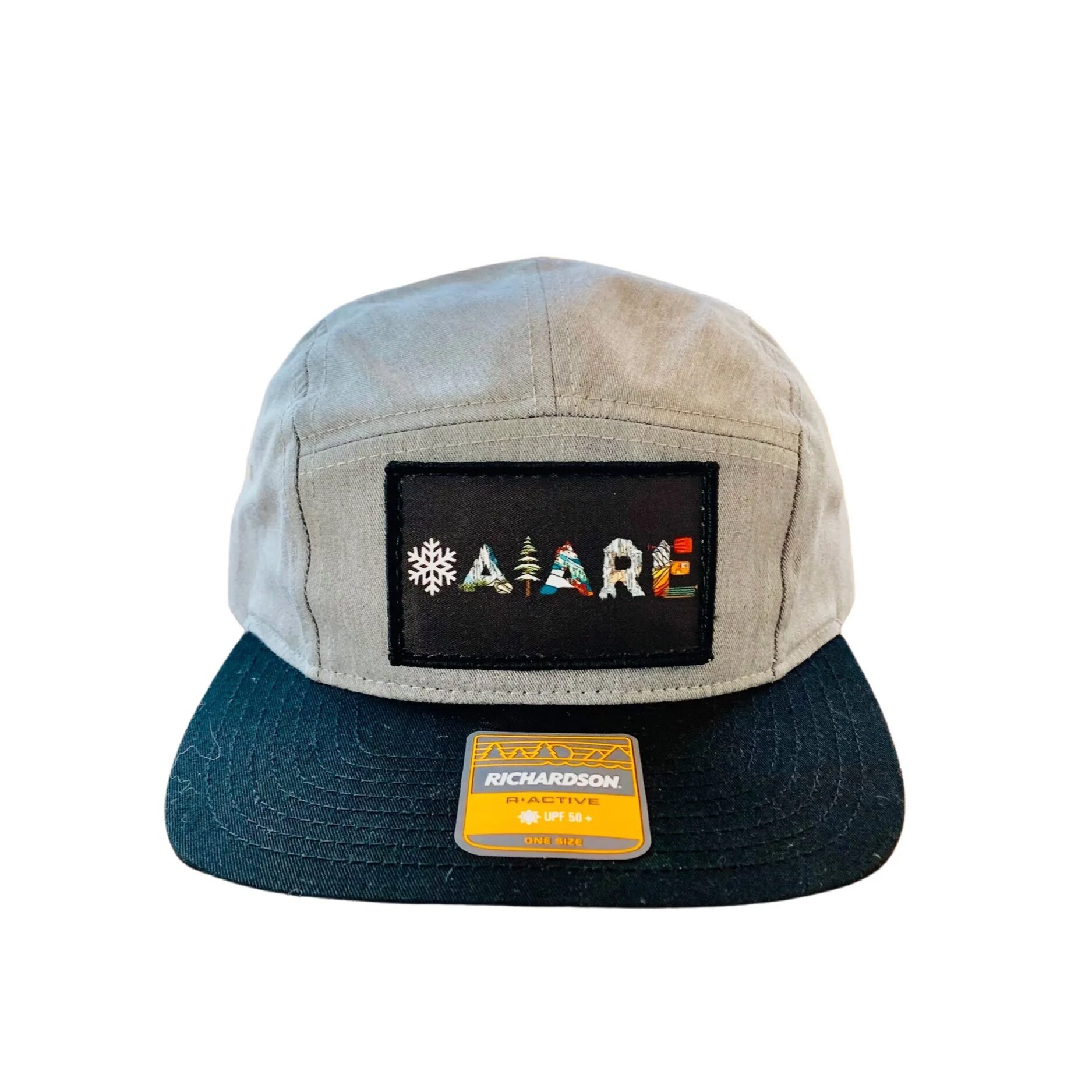




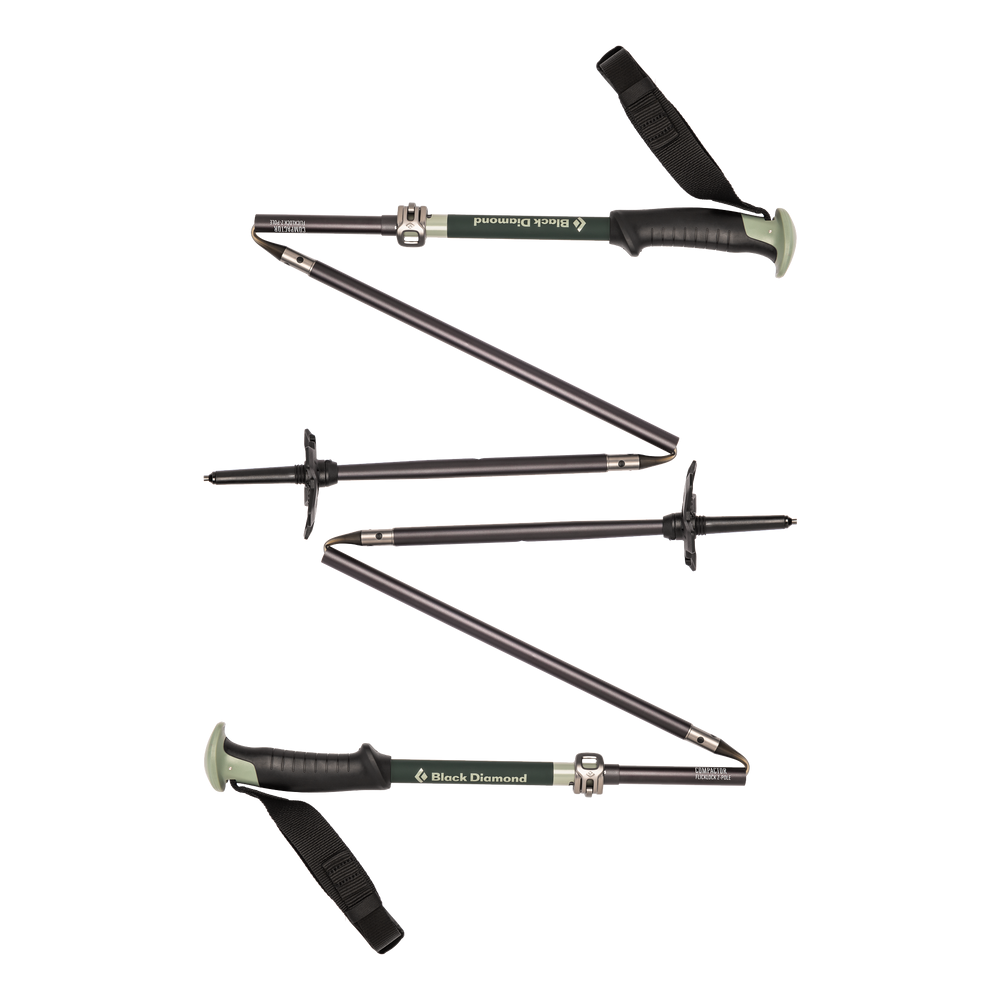





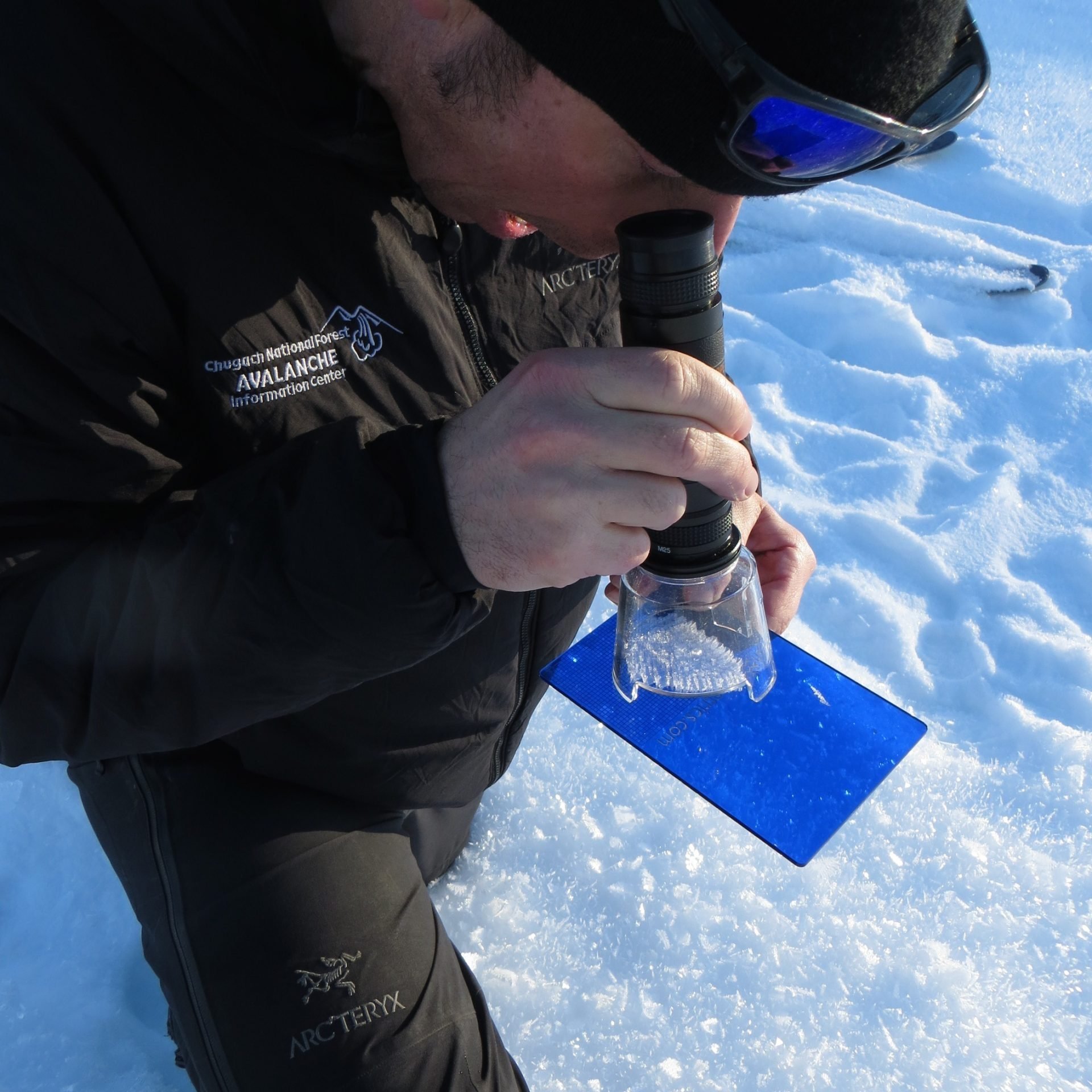
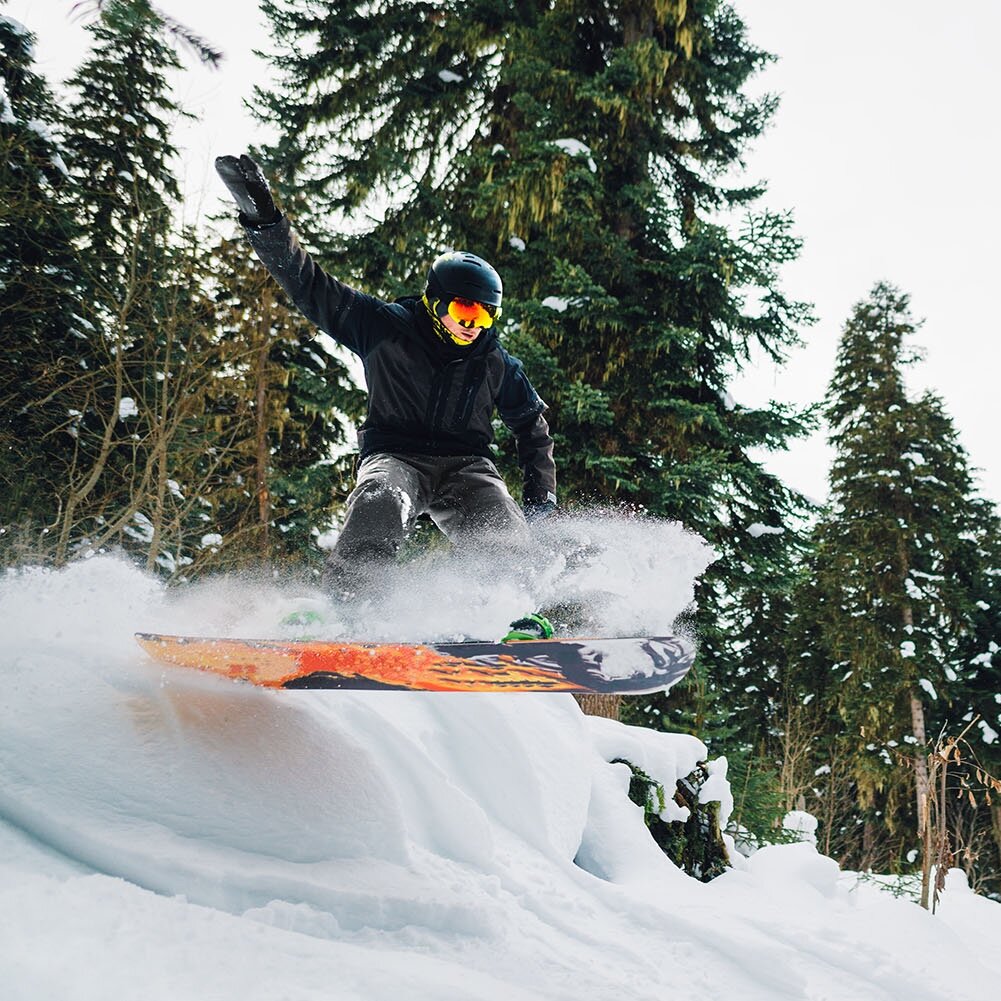




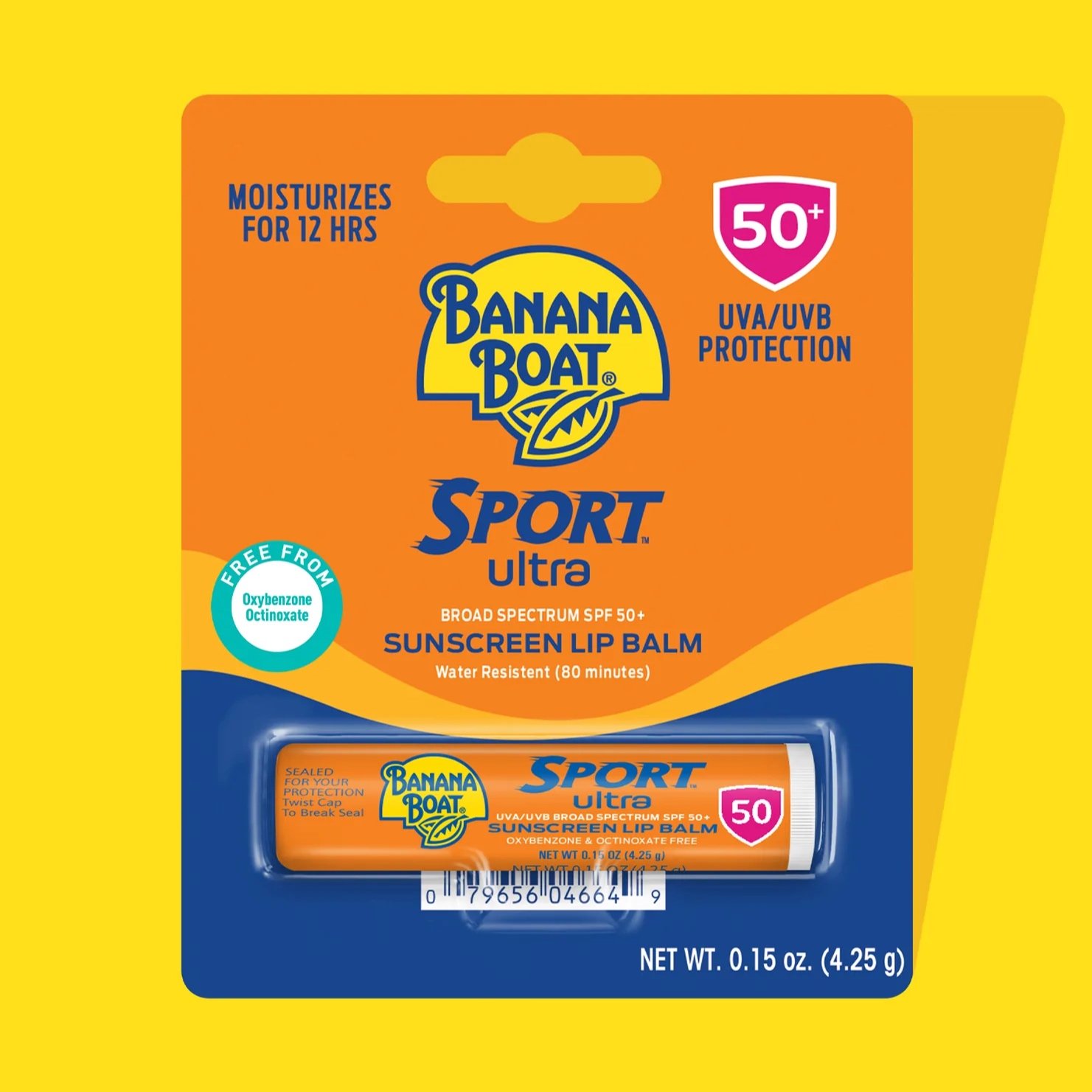






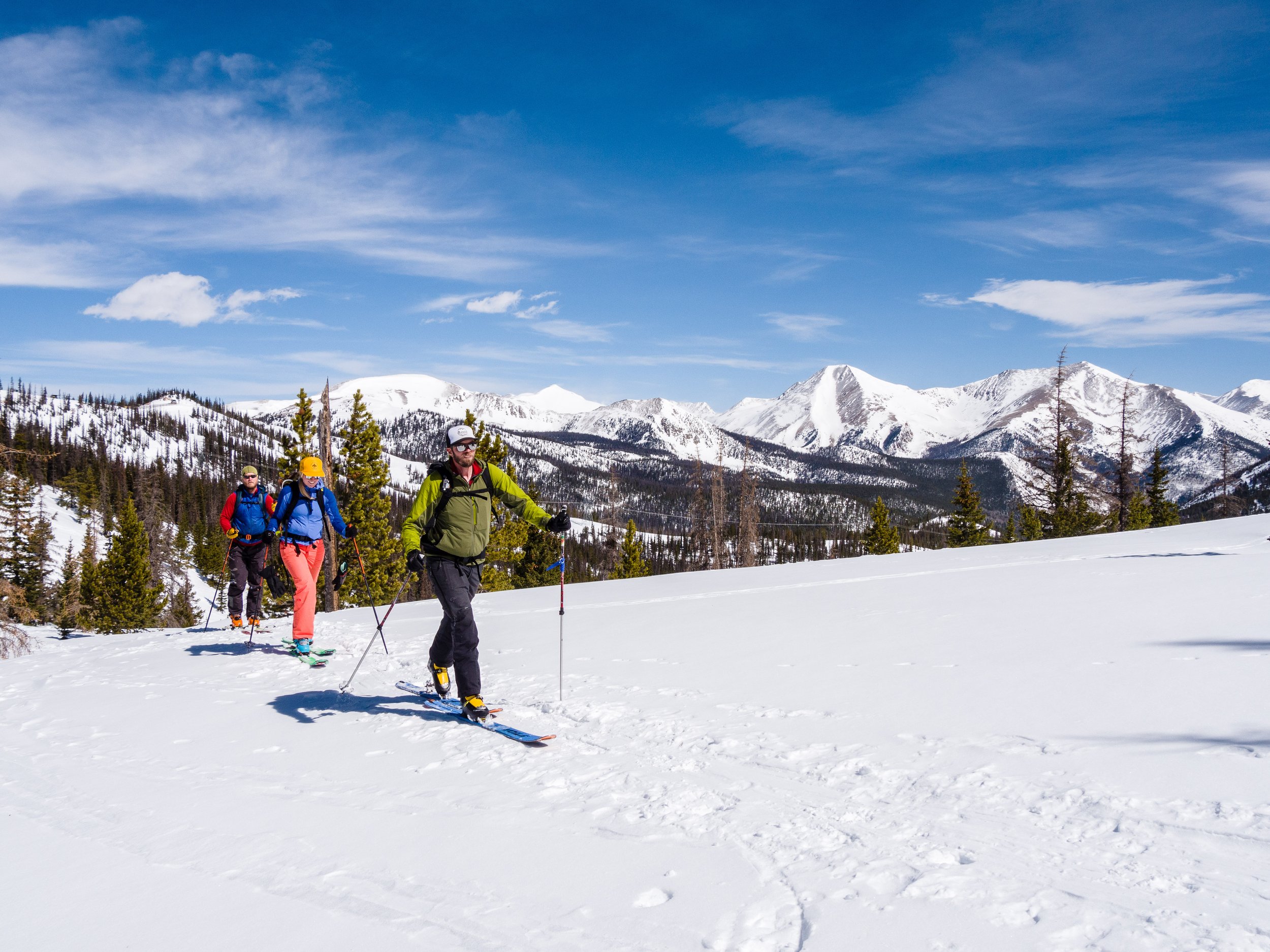



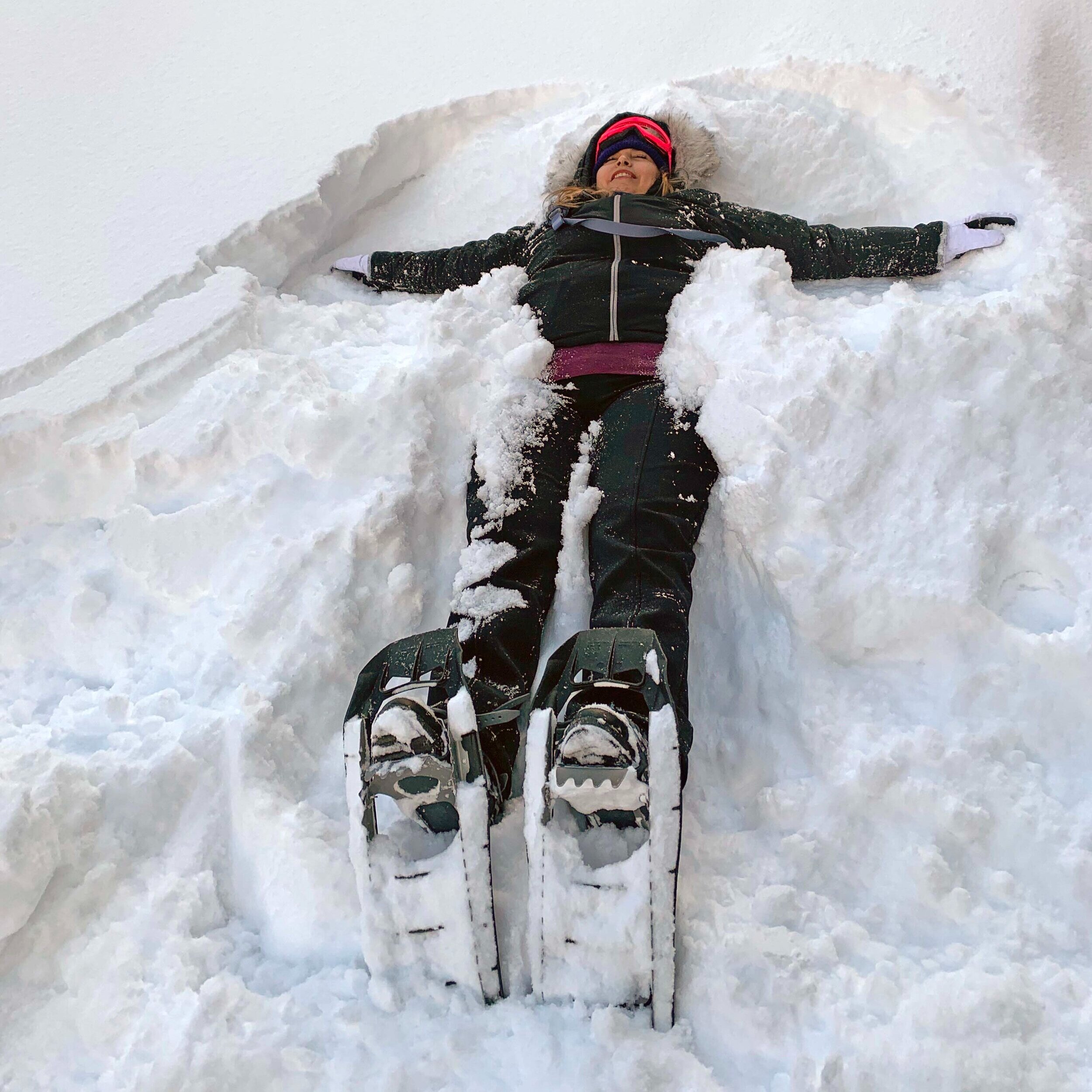










![[Figure 2]](https://images.squarespace-cdn.com/content/v1/597041d45016e18c5166f6a8/1567173668866-6VKW3C2VT2H4KXWVL6YM/Guiding+Demali)
![[Figure 3]](https://images.squarespace-cdn.com/content/v1/597041d45016e18c5166f6a8/1567173777388-RNWL7MJTZ2XWT80NE9DN/Summiting+Denali)
![John MacKinnon [Figure 4]](https://images.squarespace-cdn.com/content/v1/597041d45016e18c5166f6a8/1567173888465-5JCV3ETBXGXYE6H7A7BF/Summing+Denali)
![[Figure 2]](https://images.squarespace-cdn.com/content/v1/597041d45016e18c5166f6a8/1555264443640-SI2P6M5HY1ILG0PCZ7GZ/corn+snow.png)
![[Figure 3]](https://images.squarespace-cdn.com/content/v1/597041d45016e18c5166f6a8/1555264768149-14AE8RC6YXBDTYTBOXOK/Spring+Skiing+Buena+Vista+CO.JPG)
![John MacKinnon [Figure 4]](https://images.squarespace-cdn.com/content/v1/597041d45016e18c5166f6a8/1555264885896-WDZTF6CCBDKQZEP282DI/John+MacKinnon+BVMA.JPG)


